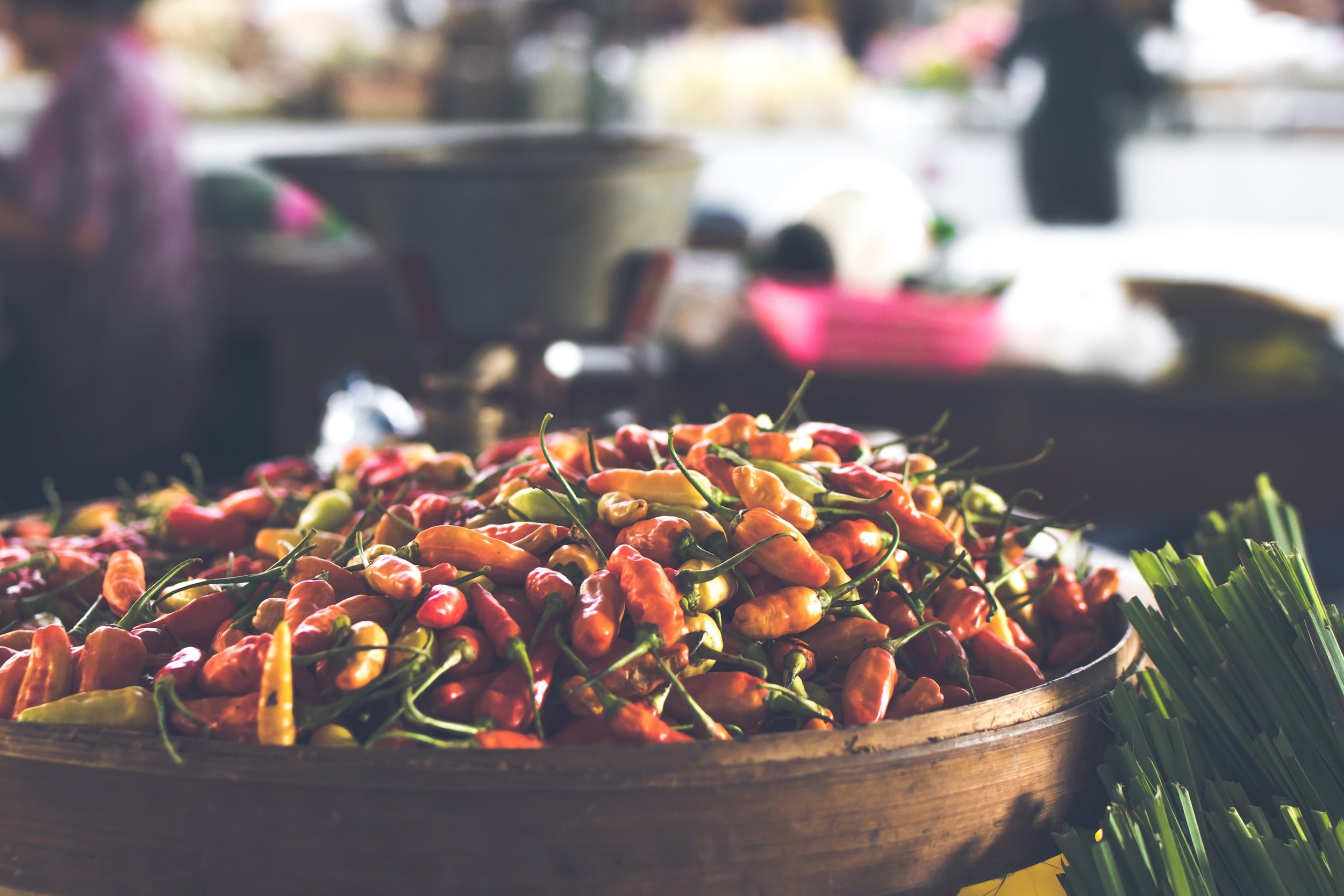Pineapple-Habanero Fermented Hot Sauce
Fermented fruits and vegetables can be used as a potential source of probiotics as they harbour several lactic acid bacteria such as Lactobacillus plantarum, L. pentosus, L. brevis, L. acidophilus, L. fermentum, Leuconostoc fallax, and L. mesenteroides. As a whole, the traditionally fermented fruits and vegetables not only serve as food supplements but also attribute towards health benefits. Food fanatics beware-the art of fermentation may suddenly turn into a compulsion that, once you’ve tasted this sauce, will have you gathering peppers by the crate load and fermenting them by the gallon.
Ingredients:
450 gm habaneros
450 gm orange sweet peppers
900 gm fresh pineapple
60 gm salt
Directions:
PREP YOUR PEPPERS: Select fresh, unblemished peppers, and wash, slice the peppers lengthwise. Same with pineapple. Pulse and blend all ingredients in a food processor until desired thickness.
PACK YOUR JAR: Pack the pepper slices into a half gallon mason jar Add a few garlic cloves, leaving 1” of headspace from the top of the jar. Layer larger peppers across the top of the jar, as a sort of dam to prevent the other peppers from floating above the brine.)
MAKE YOUR BRINE AND COVER PEPPERS: Dissolve the 1/4 cup salt into 1 quart pure, un-chlorinated water, and pour over the pepper mixture. Secure the peppers beneath the brine with a weight (or a plastic bag with water inside for weight).
If you have 1/4 cup of whey from yogurt or sauerkraut can be added to the mixture to accelerate fermentation. If not, just leave it to ferment on its own
AFTER A GOOD LONG FERMENT, BLEND SMOOTH: Place the peppers in a blender, reserving the brine and using it to create a desired consistency.
BOTTLE AND STORE: Using a funnel, pour the finished sauce into airtight bottles. Store in refrigerator.
Note: If any white yeast forms on the surface, as shown here, skim it off, and continue fermenting, as needed. This is the (relatively) harmless kahm yeast, which can affect flavour, but does not generally have any negative effects other that a slight yeastiness in flavour, and a softening of the texture.
Culture at room temperature until the colour of the peppers changes and dulls, usually 5-7 days. If you like, this ferment continue to ferment at room temperature for many months. We like it best after at least 3 months; the flavours become more complex and rich, the longer it ferments.

